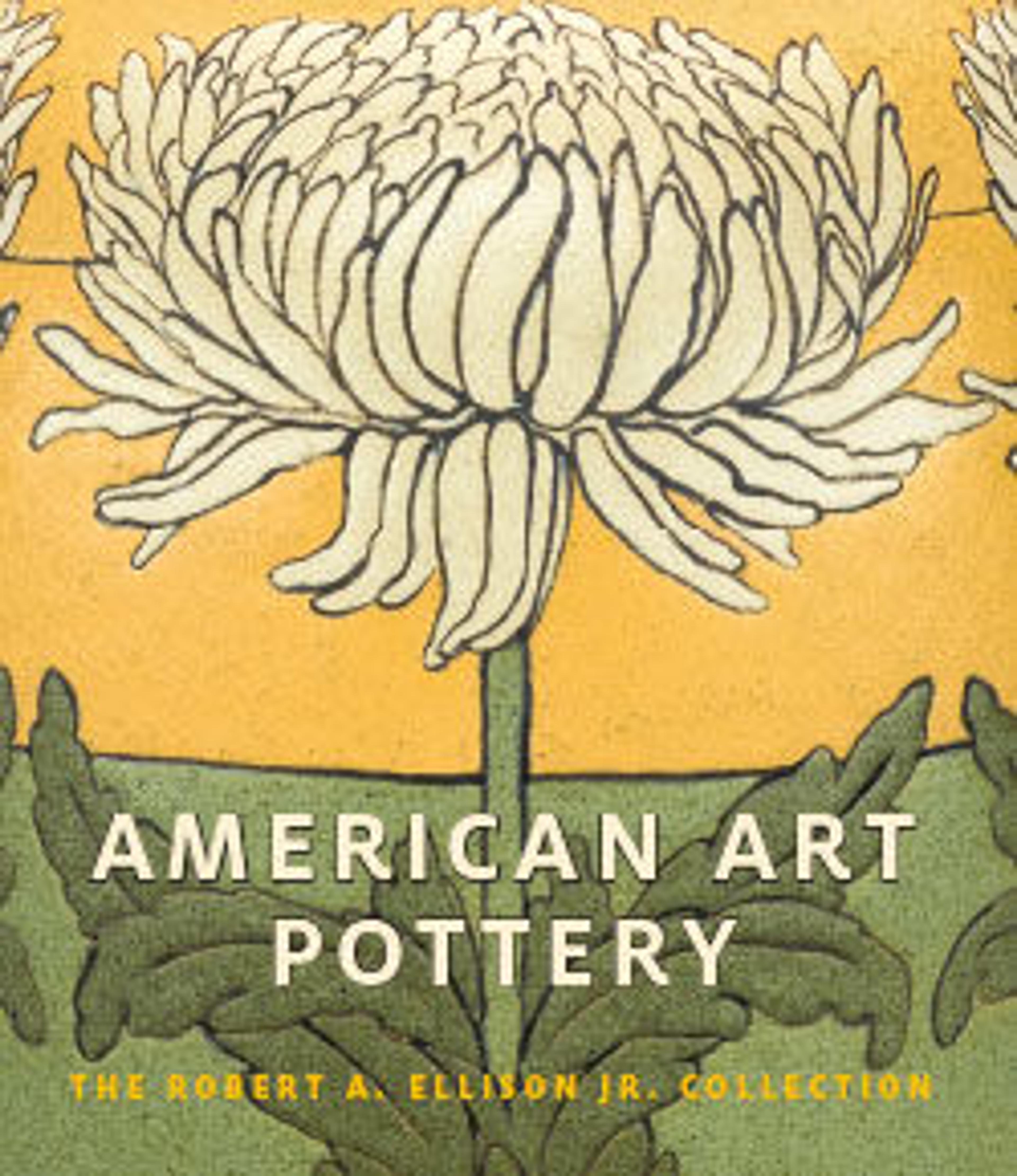Vase
Steeped in ceramics from birth, Hugh C. Robertson pursued his craft with fierce devotion and a passion for experimentation. From a family of trained English ceramists, he honed his skills in New Jersey before settling in Massachusetts as one of the founders of Chelsea Keramic Art Works and later, Dedham Pottery. Robertson’s lifelong explorations in glazes, particularly their color and texture, make him one of the key figures of American art pottery at the turn of the twentieth century.
As all-consuming as his pursuit of the ideal oxblood glaze was, Robertson also pioneered other glazing techniques, among them the craquelé glaze, which he first achieved in 1886. This distinctive type of glaze, with its fine network of visible cracks, was a staple of Eastern ceramics that Westerners tended not to emulate because they considered such crazing a flaw. Appreciating its aesthetic value, Robertson perfected an allover white crackle glaze often enhanced with cobalt blue decoration painted on the surface, referencing the Chinese blue-and-white ware sought by Aesthetic-minded collectors of the time.
Following the reopening of his pottery under the name Chelsea Pottery in 1891, Robertson continued to create crackle-ware objects. Unlike earlier crackle ware, this glaze presented a more emphatic overall crazing whose "faults" were further accentuated by introducing the hot, glazed vase into cold air to force the glaze to constrict and crack, after which carbon black was rubbed into the network of cracks. The pottery also began producing crackle tableware with charming borders painted in blue. Intended especially for informal breakfast and luncheon sets, the crackle-ware plates and dishes fit in well with the general appeal for blue-and-white during this period and enjoyed commercial success, ultimately becoming the mainstay of the pottery. Following the move to Dedham, a substantial portion of the pottery’s output was devoted to the distinctive crackle tableware with the blue border patterns established at Chelsea. Many additional animal and floral subjects were added in subsequent years. In addition, Robertson produced vases with crackle glaze and blue decoration, as seen in this vase with conventionalized flowers and leaves.
This vase is from the Robert A. Ellison Jr. Collection of American art pottery donated to the Metropolitan Museum in 2017 and 2018. The works in the collection date from the mid-1870s through the 1950s. Together they comprise one of the most comprehensive and important assemblages of this material known.
As all-consuming as his pursuit of the ideal oxblood glaze was, Robertson also pioneered other glazing techniques, among them the craquelé glaze, which he first achieved in 1886. This distinctive type of glaze, with its fine network of visible cracks, was a staple of Eastern ceramics that Westerners tended not to emulate because they considered such crazing a flaw. Appreciating its aesthetic value, Robertson perfected an allover white crackle glaze often enhanced with cobalt blue decoration painted on the surface, referencing the Chinese blue-and-white ware sought by Aesthetic-minded collectors of the time.
Following the reopening of his pottery under the name Chelsea Pottery in 1891, Robertson continued to create crackle-ware objects. Unlike earlier crackle ware, this glaze presented a more emphatic overall crazing whose "faults" were further accentuated by introducing the hot, glazed vase into cold air to force the glaze to constrict and crack, after which carbon black was rubbed into the network of cracks. The pottery also began producing crackle tableware with charming borders painted in blue. Intended especially for informal breakfast and luncheon sets, the crackle-ware plates and dishes fit in well with the general appeal for blue-and-white during this period and enjoyed commercial success, ultimately becoming the mainstay of the pottery. Following the move to Dedham, a substantial portion of the pottery’s output was devoted to the distinctive crackle tableware with the blue border patterns established at Chelsea. Many additional animal and floral subjects were added in subsequent years. In addition, Robertson produced vases with crackle glaze and blue decoration, as seen in this vase with conventionalized flowers and leaves.
This vase is from the Robert A. Ellison Jr. Collection of American art pottery donated to the Metropolitan Museum in 2017 and 2018. The works in the collection date from the mid-1870s through the 1950s. Together they comprise one of the most comprehensive and important assemblages of this material known.
Artwork Details
- Title: Vase
- Manufacturer: Dedham Pottery (1895–1943)
- Artist: Hugh C. Robertson (1844–1908)
- Date: ca. 1896–1908
- Geography: Made in Dedham, Massachusetts, United States
- Culture: American
- Medium: Stoneware
- Dimensions: 7 3/8 x 5 5/8 in. (18.7 x 14.3 cm)
- Credit Line: Gift of Robert A. Ellison Jr., 2018
- Object Number: 2018.294.72
- Curatorial Department: The American Wing
More Artwork
Research Resources
The Met provides unparalleled resources for research and welcomes an international community of students and scholars. The Met's Open Access API is where creators and researchers can connect to the The Met collection. Open Access data and public domain images are available for unrestricted commercial and noncommercial use without permission or fee.
To request images under copyright and other restrictions, please use this Image Request form.
Feedback
We continue to research and examine historical and cultural context for objects in The Met collection. If you have comments or questions about this object record, please contact us using the form below. The Museum looks forward to receiving your comments.
